描述
Origin & Ecological Environment
Yunnan, China is the birthplace and central production area of Pu’er tea. Among Yunnan’s regions, Mengku Town in Shuangjiang County is particularly renowned for its high-quality large-leaf Pu’er tea grown on ancient tea trees.
The production area consists of five famous villages: Nanpo, Bingdao, Dijie, Bawai, and Nuowu. Each village has a correspondingPu’er variety.

Nanpo is adjacent to the primeval forest of Mengku Snow Mountain and is located at an altitude of 1700-2000 meters. This semi-wild area has a vegetation coverage rate of over 90% and fertile humus soil. Due to rough mountain roads, it takes 3 hours of hiking to reach the remote tea groves. The remoteness preserves the primitive ecology of these ancient tea gardens and providing an excellent growing environment for the 300-year-old ancient trees.

Appearance & Taste
- Dry Tea: Plump tight strips, dark green with luster, covered in silver down, with a fresh long-lasting honey fragrance.
- Tea Soup Color: Golden bright like amber.
- Soup Taste: Initially sweet and moist; prominent rock sugar sweetness in the middle; woody fragrance in the aftertaste; cool throat with sweet return.
- Layers: Gentle for first 3 infusions; tea aroma strengthens after 4th infusion, instant bitterness disappearance and progressive sweetness.

Brewing Guide
- Warm the Utensils:Rinse the Gaiwan (lidded bowl), fairness cup, and tasting cups with boiling water to preheat the tools and remove any residual odor;
- Measure Tea Leaves:Follow a 1:15 tea-to-water ratio (e.g., 5-7g Pu’er tea with 100ml water) and add the dry tea leaves into the preheated Gaiwan;
- Rinse the Tea:Pour boiling water over the leaves, then pour out the tea soup within 10 seconds (do not drink this batch) to awaken the tea’s vitality;
- Formal Brewing:Add boiling water again, cover the Gaiwan, and steep for 15-20 seconds (increase steeping time by 5-10 seconds for subsequent brews). Then strain the tea soup into the Gongdao Cup;
- Serve and Taste:Evenly pour the tea soup from the Gongdao Cup into tasting cups, and enjoy while hot to savor the tea’s layers and sweet aftertaste.
We follow the traditional way to make ancient tree Pu'er tea
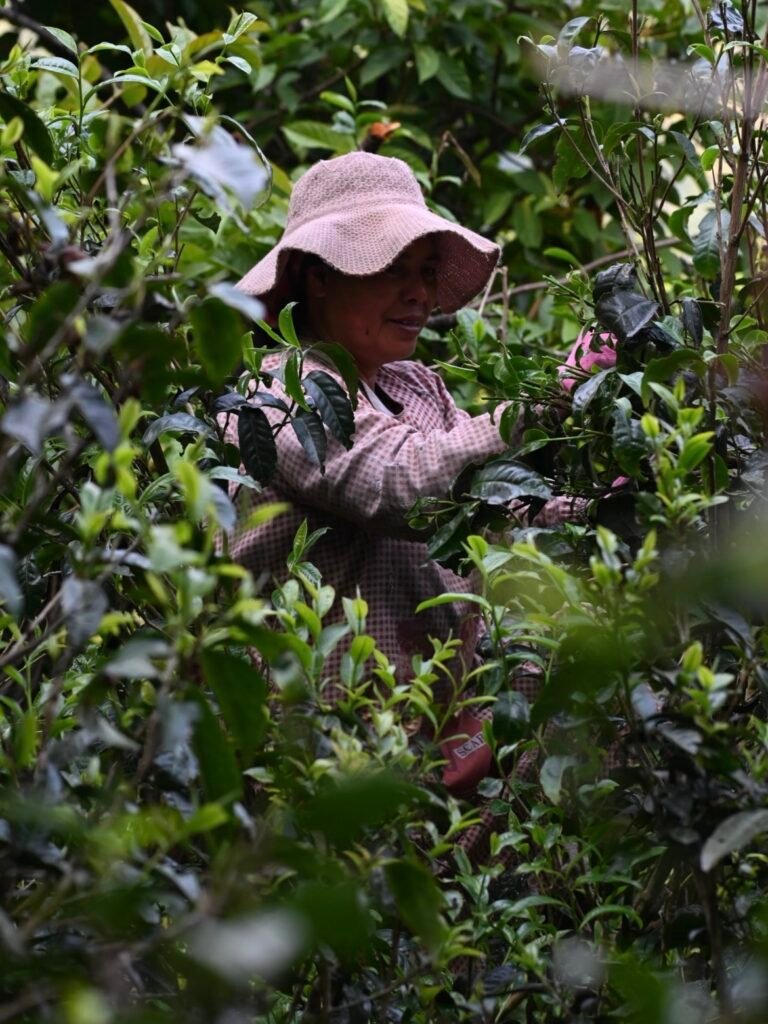
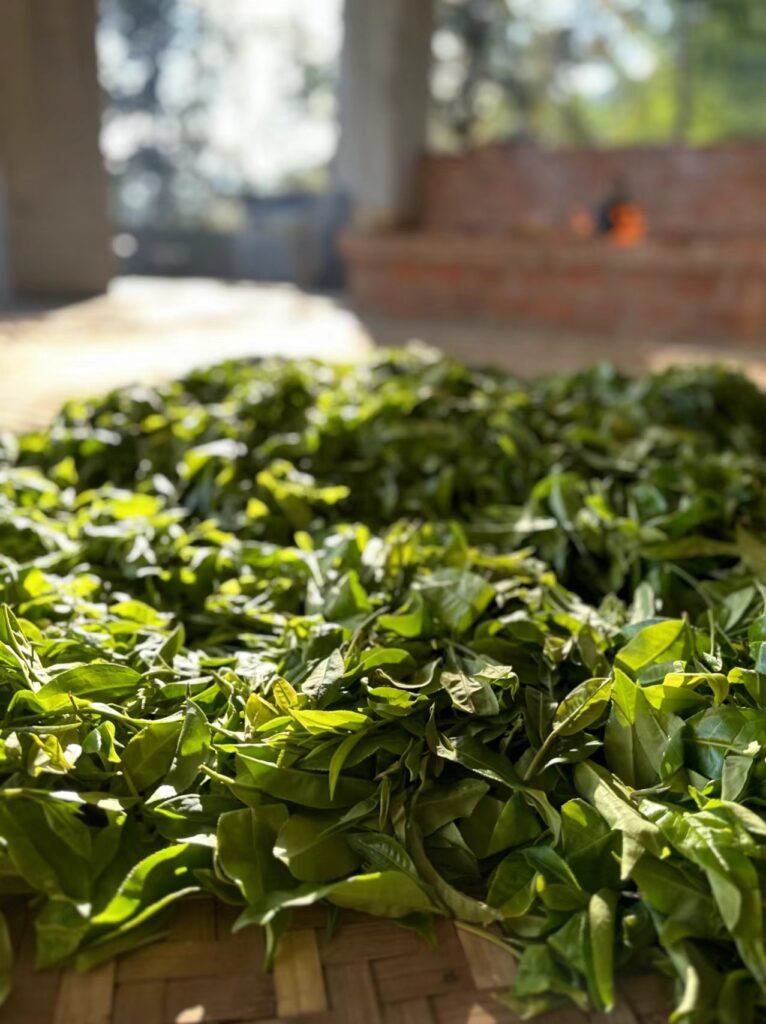

Harvesting
We adopt professional standards and harvest only in spring, allowing ancient tea trees to fully accumulate nutrients and avoiding over-harvesting which tends to weaken the trees. And we harvest only “one bud with one leaf” or “one bud with two leaves” to meet the requirement for the delicate taste of ancient arbor Pu’er tea.
Withering
Leaves are gently spread out to soften and losen.
Kill-Green
The leaves are then carefully pan-fired at high heat to stop any oxidation,this preserves the tea’s character.
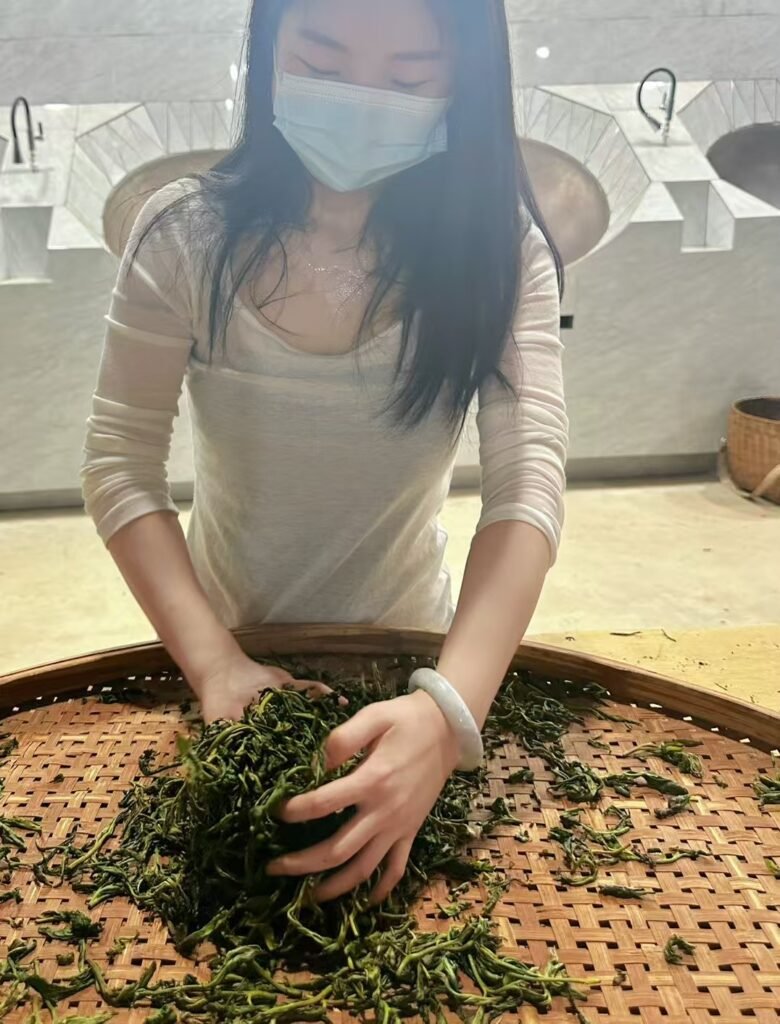
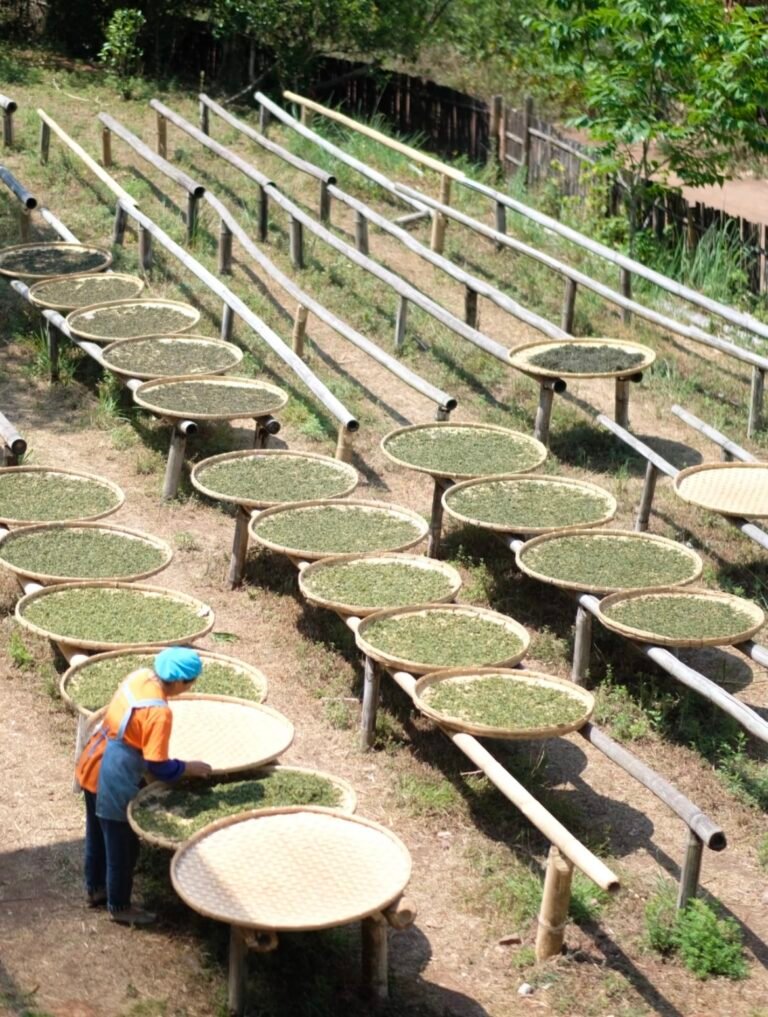

Rolling
The leaves are rolled by hand to break down cell walls and release their inner compounds.
Sun-Drying
Tea leaves are then dried under the sun – preserving its potential for aging and develops its signature sweet base note.
Pressing
We employ a traditional ancient stone mill pressing method for Pu’er tea: after steaming the sun-dried maocha (primary processed Pu’er tea), we then press it into cakes using stone mills. This method preserves the tea’s intact cellular structure and key intrinsic substances— the slow and uniform pressure of stone mills avoids damage to tea polyphenols, amino acids, and aromatic compounds that often occurs with mechanical pressing. The resulting cake density is well-suited for subsequent storage, facilitating natural microbial transformation while locking in the ancient arbor tea’s inherent freshness and mellow depth, ensuring the tea’s characteristics are steadily released during the aging process.
Is pu'er a worthwhile investment?

Tea aging
This raw (sheng) Pu-erh evolves over time, developing deeper complexity and smoother character.
- 357-gram tea cakes: Following the traditional specifications of Pu-erh tea, they embody the cultural connotation of “Three Powers (Heaven, Earth, Humanity) and Five Elements” and are ideal for long-term storage.
- Scarcity & Value: There are only over 100 ancient tea trees aged over 300 years in Nanpo, with an annual spring tea output of less than 100 kilograms. Stored at 20°C and 65% humidity, its value may triple within a decade, making it a high-end collectible.



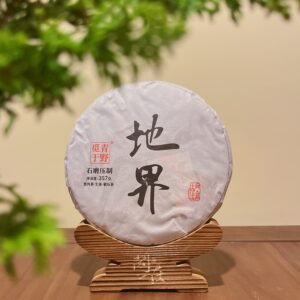

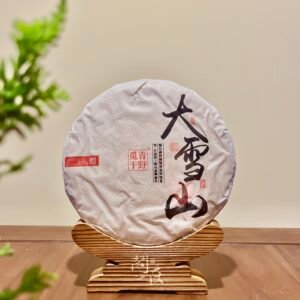
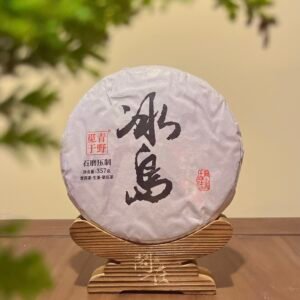
评价
目前还没有评价